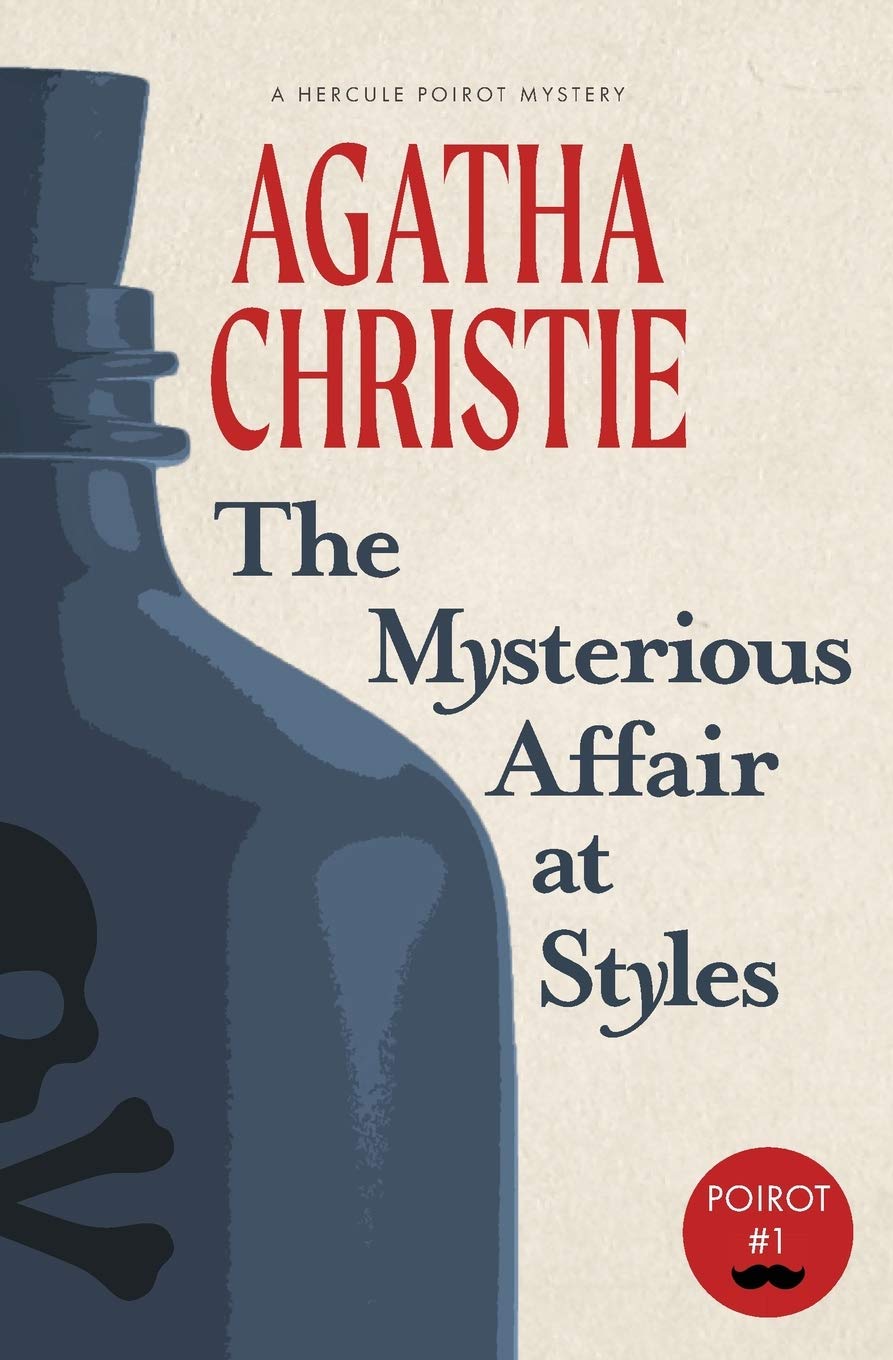CHAPTER IX — Dr. BAUERSTEIN
byChapter IX begins with Hastings reluctantly serving as Poirot’s messenger, carrying a strange request to Lawrence about locating an extra coffee cup. The message, cryptic and unnerving, stirs confusion rather than clarity, leaving Hastings and Lawrence guessing at its meaning. As the conversation ends with no real progress, Hastings remains in the dark, unsure if Poirot is toying with him or working on a precise angle. During lunch, Poirot carefully observes everyone, posing seemingly innocent questions that subtly nudge the group toward reflection. His tone is light, but every word feels loaded with intent, as though he’s trying to confirm a theory rather than spark discussion. This interaction sets the tone for a gathering cloud of tension, where every movement and reply seems to hold potential significance.
The weight of suspicion and silence begins to affect the household more deeply. Hastings stumbles upon a tense scene between John and Mary Cavendish, a quarrel sharp enough to suggest more than just marital discontent. Their voices, though not raised high, carry urgency—words thrown like barbs behind closed doors. Hastings cannot hear all the details, but the bitterness in their tones hints at secrets and emotional fractures. This overheard argument injects a heavy dose of human conflict into the narrative, anchoring the murder mystery in personal dynamics. Poirot’s warning to “watch emotions as much as actions” rings more true than ever. Hastings begins to realize that solving this case will require navigating more than just physical clues; understanding people is equally important.
Soon after, Cynthia returns from her shift at the hospital, offering a rare break from the suspense. Her presence lights up the atmosphere momentarily, prompting Hastings to confess his growing affection for her. However, her gentle laughter and amused dismissal leave him disheartened, though not entirely hopeless. This exchange, while brief, reveals the vulnerability that Hastings tries to hide under his earnest observations. His infatuation feels juvenile against the grim backdrop of murder and suspicion. The contrast between romantic idealism and the cold mechanics of investigation creates a subtle but compelling layer in the narrative. Love, like truth, proves elusive in a house full of whispered fears and hidden intentions.
Still eager to assist in his own clumsy way, Hastings decides to question Dr. Bauerstein, who has been a looming figure throughout the inquiry. His intent is to uncover motives or mannerisms that Poirot might have overlooked, yet the visit does not go as planned. Instead of revealing clues, Hastings becomes the one left uncertain, grasping at implications he doesn’t fully understand. His eagerness often overshadows discretion, and he walks away with more questions than answers. Later, the bombshell arrives—Bauerstein has been arrested. This revelation is not for murder, as Hastings assumed, but for an unrelated crime, adding new complexity to the web of deceit.
The chapter’s rhythm of uncertainty accelerates as Hastings struggles to reconcile this new information with the quiet cues Poirot has been dropping. Poirot’s ability to hold back conclusions while accumulating fragments of truth becomes even more impressive. Hastings, in contrast, seems to drift between emotional impulses and half-formed suspicions, a foil to Poirot’s refined methodology. Every character’s behavior is now open to reinterpretation, as alliances shift and past actions take on new meaning. Poirot’s silence about Bauerstein speaks volumes, hinting that even the most unexpected details have a place in his mental blueprint. For the reader, the chapter emphasizes the importance of both patience and perspective in unraveling layered mysteries.
While this installment doesn’t offer a breakthrough in terms of solved clues, it sharpens the novel’s emotional and psychological texture. The tension between the characters rises palpably, driven by love, jealousy, and distrust as much as by logic. Poirot’s genius is no longer just about facts; it’s about understanding the friction in the air and the fears people try to hide. Hastings may not yet see the full picture, but even he begins to sense that what’s unfolding at Styles is more than just a question of poison—it’s a test of loyalty, courage, and how far one will go to protect or betray. The mystery now feels less like a puzzle and more like a pressure cooker, waiting for the right moment to erupt.

